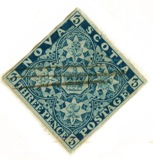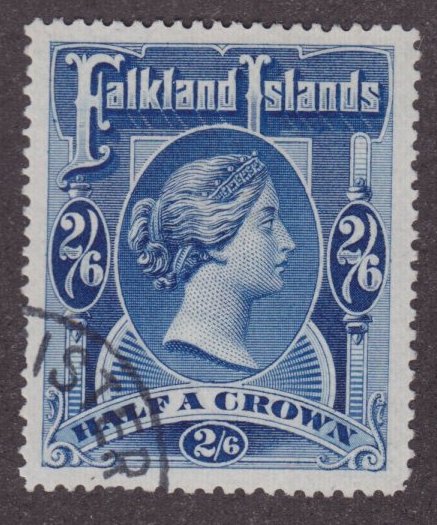
Discussion - Member to Member Sales - Research Center

Discussion - Member to Member Sales - Research Center


Login to Like
this post

05:20:06pm
I collect variations of the large and small Queens to a certain degree. I don't really trust all the color differences because oxidation of the stamps makes some of them very hard to ID. I mainly look for perforation differences, different papers, watermarks and obvious color differences. For example #27 (dark brown and yellow brown), #29 (grey violet and red lilac), #35 (yellow and orange), #37 (orange red, copper and dull red), etc. I think in many cases subtle color differences can be changed or masked by oxidation. Just my humble opinion and I'm sure many of you disagree, as is your right!!

Login to Like
this post
04:02:53pm
I realize I am a novice in this area of collecting and certainly seeking advice,however have found a very detailed colour guide by Richard M.Morris BIA.BNAPS.APS which appears to make the Unitrade catalogue almost redundant for example 8c small Queen shown in the Unitrade identifies not including re-entries etc; 4 difference colours or shades when in fact the guide indicates clearly 9 different distinct colours also perforations are listed in greater finer detail over and above what is shown in the Unitrade. The same ink colours that were used with both large and small Queens are identified. Certainly searching for clues is the challenge ,I am sure collectors out there are aware of this.

Login to Like
this post
Back when I had a bunch! I think, therefore I am - I think! Descartes, sort of!
24 Oct 2022
05:20:06pm
re: Queens large and small
I collect variations of the large and small Queens to a certain degree. I don't really trust all the color differences because oxidation of the stamps makes some of them very hard to ID. I mainly look for perforation differences, different papers, watermarks and obvious color differences. For example #27 (dark brown and yellow brown), #29 (grey violet and red lilac), #35 (yellow and orange), #37 (orange red, copper and dull red), etc. I think in many cases subtle color differences can be changed or masked by oxidation. Just my humble opinion and I'm sure many of you disagree, as is your right!!

Login to Like
this post

